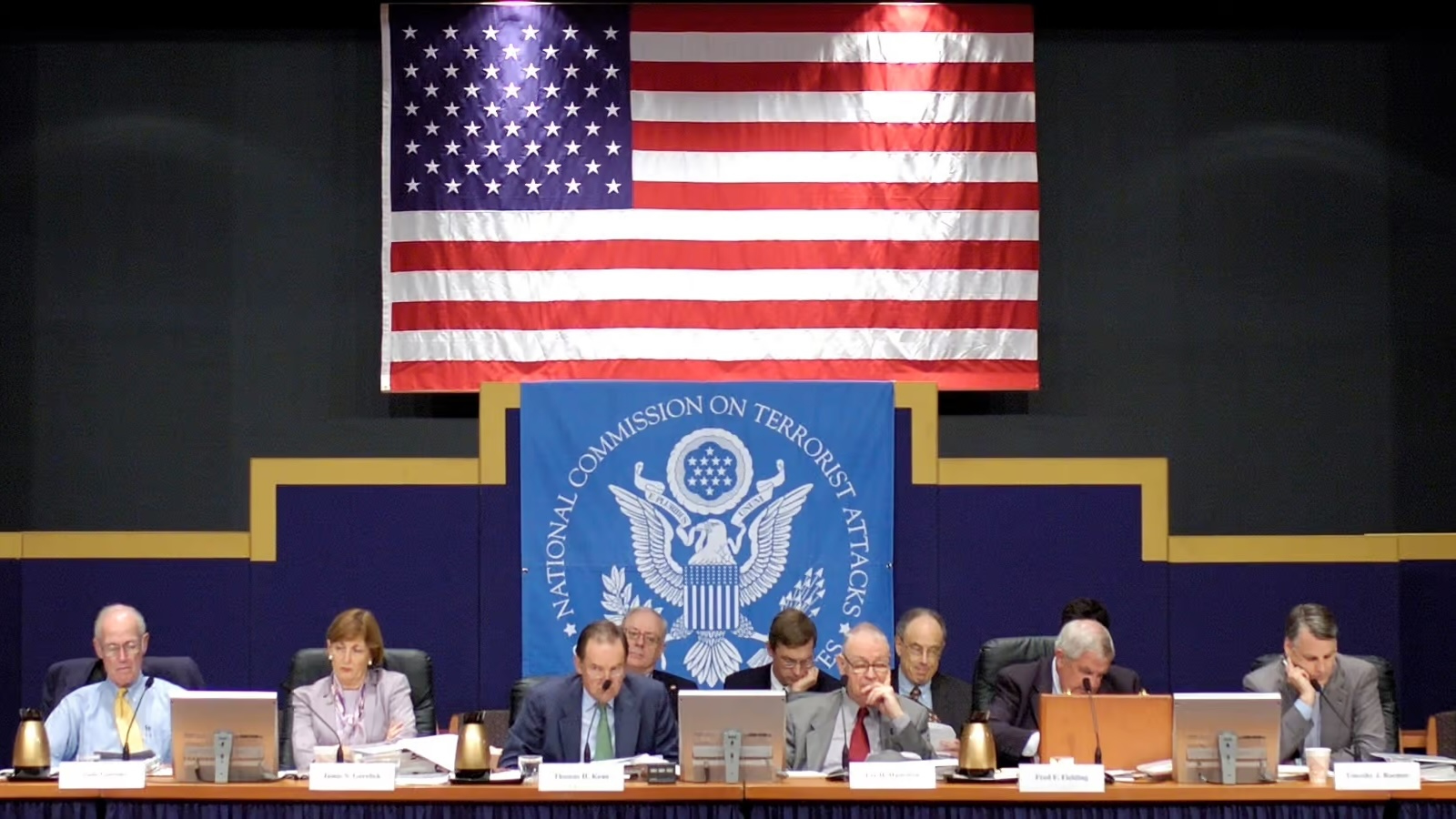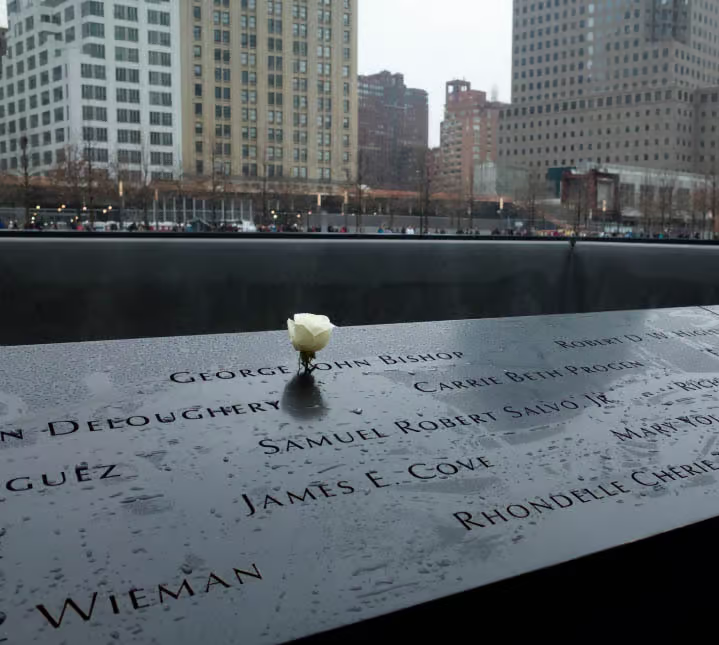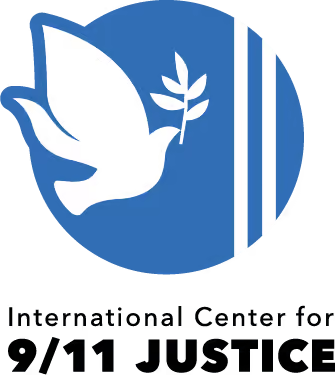Today the International Center for 9/11 Justice is republishing the final three chapters of Kevin Ryan’s landmark 2013 book, Another Nineteen: Investigating Legitimate 9/11 Suspects. Ryan’s introduction to these chapters is below.
Now that the entire book is available for free, we encourage you to share it with anyone who may be looking for fact-based answers about who had the means, motive and opportunity to carry out the crimes of 9/11.
Author’s Note on ‘Another Nineteen’ Chapters 15, 16 and 17
The final three chapters of Another Nineteen address two final suspects and then consider conclusions that can be drawn from the investigation.
Chapter 15 focuses on Duane Andrews, an Air Force intelligence officer who later, as a staffer, managed the House Intelligence Committee before leaving government to run operations for Science Applications International Corporation (SAIC). Andrews was an expert on the defense and information systems that failed on 9/11, and his company profited greatly from the attacks. Andrews also was a protégé of Dick Cheney, whom he called his “personal lifelong hero.”
Under Andrews’ leadership, SAIC created and managed the databases for tracking terrorists, supplied aircraft security equipment, predicted and investigated terrorist attacks against the WTC (both in 1993 and 2001), helped create the official account for what happened at the WTC, and provided the information that was used to capture Khalid Sheikh Mohammed, the alleged mastermind of 9/11. SAIC was also part of the clean-up effort at Ground Zero, using robotic equipment that was designed for the removal of unignited explosives.
Chapter 16 examines Porter Goss. Having been a long-time CIA operative who was allegedly involved in assassinations and attempts to overthrow Fidel Castro, Goss became a U.S. congressman from two districts in Florida where Mohamed Atta and friends lived and went to flight school. Goss was a strong supporter of the Bush Administration and, like Bush and Cheney, he initially rejected calls for a 9/11 investigation. He then worked to prevent criticism of the White House during the investigation. Goss led the passive cover-up effort known as the “Joint Inquiry into Intelligence Community Activities Before and After the Terrorist Attacks of September 11, 2001” and agreed to redact its report to protect the Saudis. After becoming director of the CIA in 2004, Goss ensured that no one in U.S. intelligence was held accountable for the many failures related to the attacks.
The final chapter of the book reviews some of the most critical evidence revealed in earlier chapters and suggests next steps for an independent investigation.
I’m proud to say that the purpose of the book was fulfilled, as it clearly describes how powerful insiders had the means, motive and opportunity to commit and cover up the crimes of September 11th. Strong leads are provided for independent investigators to follow that will, if pursued honestly and objectively, lead to the truth about what happened that day and to justice for the victims of 9/11 and the 9/11 wars.
Kevin Ryan, October 2023



